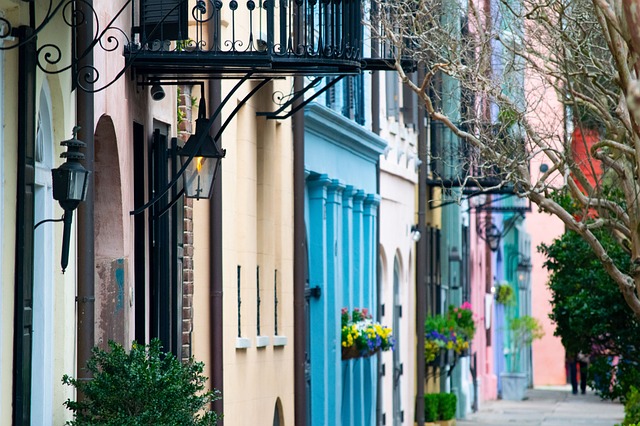The location and character of a neighborhood strongly influence its community dynamics. Proximity encourages face-to-face interactions, while mixed land uses promote diverse social activities leading to enhanced unity and vibrant atmospheres. Strong neighborhood identity boosts real estate values through fostering unity and a sense of belonging. Community events, local art installations, and collaborative initiatives strengthen connections, transform areas into welcoming homes, and can be key indicators for real estate professionals evaluating neighborhood success.
Strong neighborhood identity fosters unity, strengthens communities, and enhances the value of nearby real estate. This article explores three key aspects: the role of location in building community, initiatives and activities that cultivate a sense of belonging, and indicators of a thriving neighborhood identity. By understanding these elements, we can create vibrant, connected neighborhoods that attract and retain residents, leading to desirable real estate markets.
The Role of Location in Building Community

The location of a neighborhood plays a pivotal role in fostering a strong community identity and sense of unity among residents. In the realm of real estate, proximity is key to creating a cohesive social fabric. When neighbors are within close reach, it encourages face-to-face interactions, fostering deeper connections as folks become more aware of one another’s presence. This sense of locality can lead to a vibrant community atmosphere where people look out for each other and share a collective responsibility for the area.
Furthermore, locations with mixed land uses—combining residential areas with local amenities, parks, and small businesses—tend to promote higher social cohesion. Such diverse environments encourage residents to engage in various activities together, creating opportunities for social bonding. This intermingling of different age groups, backgrounds, and interests can greatly enhance the unity within a neighborhood, making it a truly vibrant and welcoming place to call home.
Creating a Sense of Belonging: Initiatives and Activities

Strong neighborhood identity is a key factor in fostering unity, enhancing the value of nearby real estate. Creating a sense of belonging starts with initiatives that bring residents together. Community events like block parties, farmers markets, and outdoor movie nights encourage interaction and build social connections. These activities create opportunities for folks to know their neighbors, fostering an environment where everyone feels valued and included.
Local art installations, community gardens, and neighborhood clean-up drives further strengthen ties. Such initiatives not only beautify the area but also promote a shared responsibility for its well-being. Through these collective efforts, residents develop a deeper understanding and appreciation of their surroundings, making their neighborhood a truly vibrant and welcoming place to call home.
Measuring Success: Indicators of a Thriving Neighborhood Identity

The success of a neighborhood identity fostering unity can be measured by several key indicators, providing valuable insights for real estate professionals and community leaders. One of the most evident signs is a strong sense of belonging among residents. When individuals feel connected to their neighbors and the community at large, it translates into active participation in local events, collaborative problem-solving, and a collective commitment to enhancing the area’s well-being. This connection often leads to increased social cohesion, where diverse groups work together towards common goals, fostering an inclusive environment.
Additionally, thriving neighborhood identities are characterized by vibrant community spaces that encourage interaction. Well-maintained parks, community centers, or public art installations become gathering places where residents can connect, exchange ideas, and build relationships. These shared spaces not only promote social interactions but also contribute to the overall aesthetic appeal of the area, making it an attractive place to call home. Real estate agents can leverage these indicators to market neighborhoods effectively, highlighting the benefits of strong community identities that enhance the quality of life for prospective buyers.






